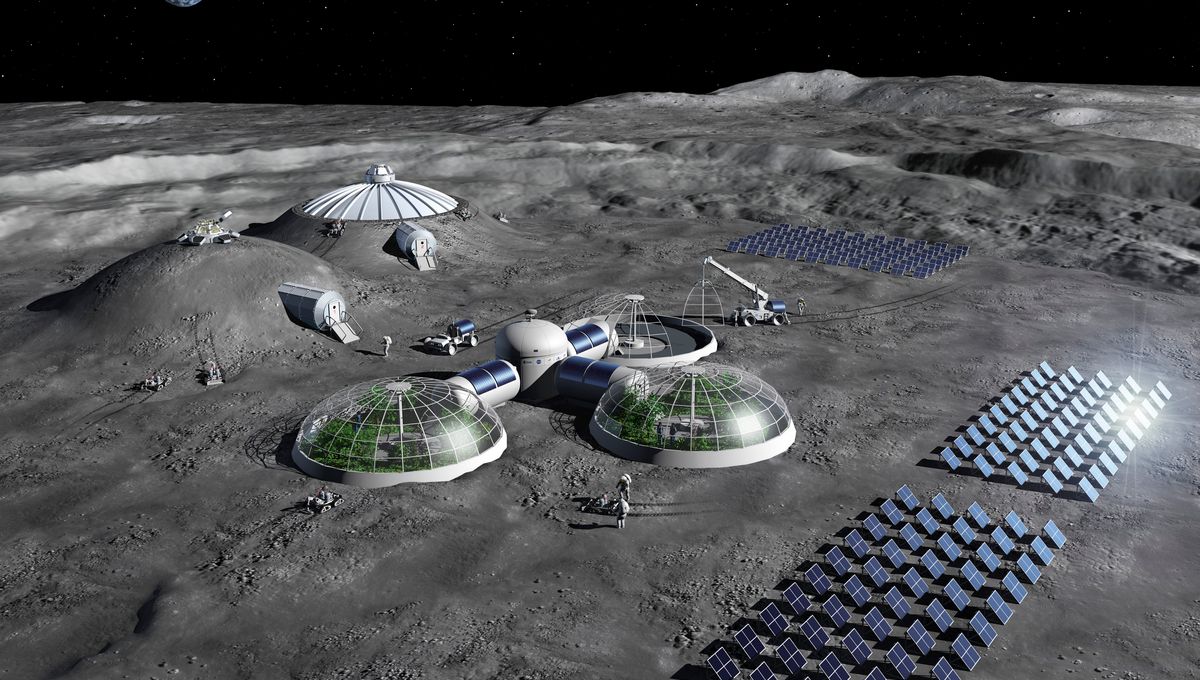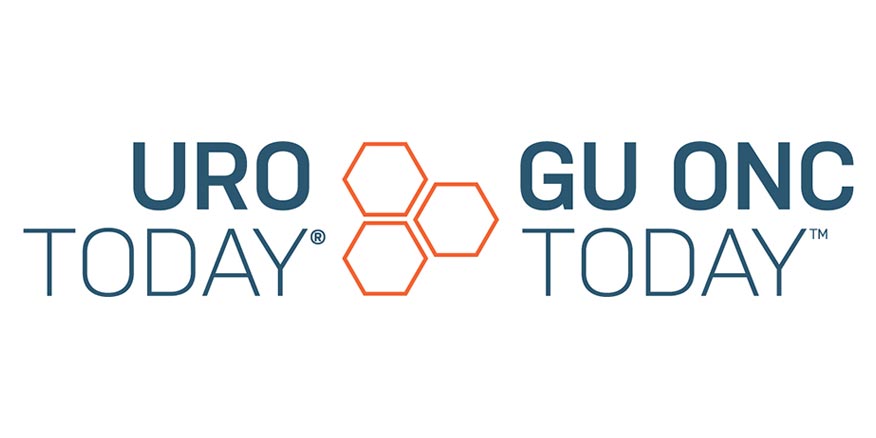Moon's Water Extraction: UK-Led Project Brings Us Closer to Lunar Living

The prospect of humans returning to the Moon, this time with the aim of establishing a permanent presence, is steadily becoming a reality. A key element to achieving this goal is harnessing the resources found on our natural satellite â particularly water. While the Moon is known to contain water, extracting and purifying it presents a significant challenge. Luckily, a collaborative effort between the UK Space Agency and the Canadian Space Agency is taking on this task with the AquaLunar Challenge.
This international project offers a total prize fund of £1.2 million, split between a UK and a Canadian track. The aim is not to fund the building and deployment of the technologies, but to encourage innovative prototypes. Ten UK finalists have been announced, with a winner and two runners-up to be selected next year. Each finalist receives £30,000 to develop their prototype, with the overall winner receiving a share of £300,000.
âWeâve had a first-round where many teams submitted their ideas," explains Dr Meganne Christian, UK Space Agency reserve astronaut and chair of the Aqualunar Challenge judging panel. "We then had a panel choose the 10 finalists. Theyâve got £30,000 each to create a prototype and then we'll choose a winner and two runners up," she told IFLScience.
The finalists have devised a range of approaches to extracting water, from utilizing the dirty ice buried in permanently shadowed craters to extracting it from the lunar soil itself, known as regolith. Their proposed purification methods include centrifuges, plasma, sound waves, and intense heat, highlighting the bold vision of these ideas.
While the winning prototype won't be immediately shipped to the Moon, it could represent a significant step towards future lunar habitation. Importantly, the technology could be deployed on Earth to purify water and make it drinkable in remote communities, industrial areas, and other potential applications.
âAbsolutely that is one of the goals," says Dr Christian. "It's a big part of the challenge because everything we do for space, we want it to help us here on Earth as well.â
Beyond water extraction, other innovative projects are exploring the potential of lunar resources. These range from creating roads using lasers and lenses to developing flexible rail tracks for robots, and even 3D printing bricks using regolith â albeit in LEGO form for now.
"All these really creative things are exciting for the future when we are going to have humans living and working on the Moon again," Dr Christian explains. "And that's just a small part of what's going to be a whole entire ecosystem."
To facilitate this future lunar ecosystem, the European Space Agency, in collaboration with other organisations including the Italian Space Agency, the UK Space Agency, and NASA, is developing a communication navigation system in lunar orbit called the Moonlight Initiative.
These initiatives highlight the growing momentum towards establishing a sustainable human presence on the Moon. The AquaLunar Challenge, with its focus on water extraction, represents a crucial step in building the technological foundation for this ambitious goal.





